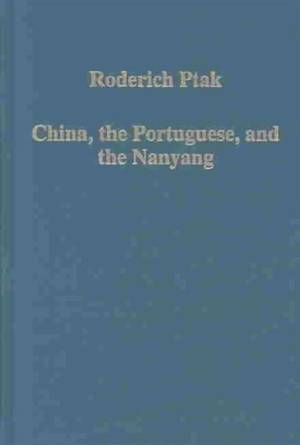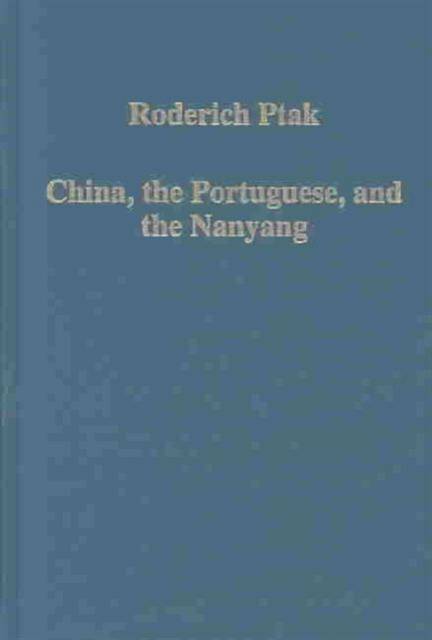
- Afhalen na 1 uur in een winkel met voorraad
- Gratis thuislevering in België vanaf € 30
- Ruim aanbod met 7 miljoen producten
- Afhalen na 1 uur in een winkel met voorraad
- Gratis thuislevering in België vanaf € 30
- Ruim aanbod met 7 miljoen producten
Zoeken
China, the Portuguese, and the Nanyang
Oceans and Routes, Regions and Trade (C.1000-1600)
Roderich Ptak
€ 183,45
+ 366 punten
Omschrijving
Under the Song, Yuan and Ming dynasties, China's maritime trade went through several stages of rapid expansion. This concerns both activities initiated by the central government and private seafaring: Chinese ships would sail to ports in Southeast Asia and the Indian Ocean, and foreign merchants would come to China, often declaring themselves as tribute envoys. In the early 16th century, the Portuguese made contact with the Middle Kingdom, leading to the foundation of Macao in the 1550s. The present volume, the third collection by Roderich Ptak, explores important structural features related to China's maritime ventures and Luso-Chinese relations. It also discusses the perception of maritime space in late medieval Chinese texts and the importance of trade routes, especially the so-called eastern route from Fujian via Luzon to the Sulu 'zone'. The third section presents different 'key' regions as seen through Chinese eyes: Hainan, the coral island in the South China Sea, Barus on Sumatra, and finally Wang Dayuan's chapters on the Kerala coast.
Specificaties
Betrokkenen
- Auteur(s):
- Uitgeverij:
Inhoud
- Aantal bladzijden:
- 320
- Taal:
- Engels
- Reeks:
Eigenschappen
- Productcode (EAN):
- 9780860789239
- Verschijningsdatum:
- 25/05/2004
- Uitvoering:
- Hardcover
- Formaat:
- Genaaid
- Afmetingen:
- 149 mm x 224 mm
- Gewicht:
- 594 g

Alleen bij Standaard Boekhandel
+ 366 punten op je klantenkaart van Standaard Boekhandel
Beoordelingen
We publiceren alleen reviews die voldoen aan de voorwaarden voor reviews. Bekijk onze voorwaarden voor reviews.











